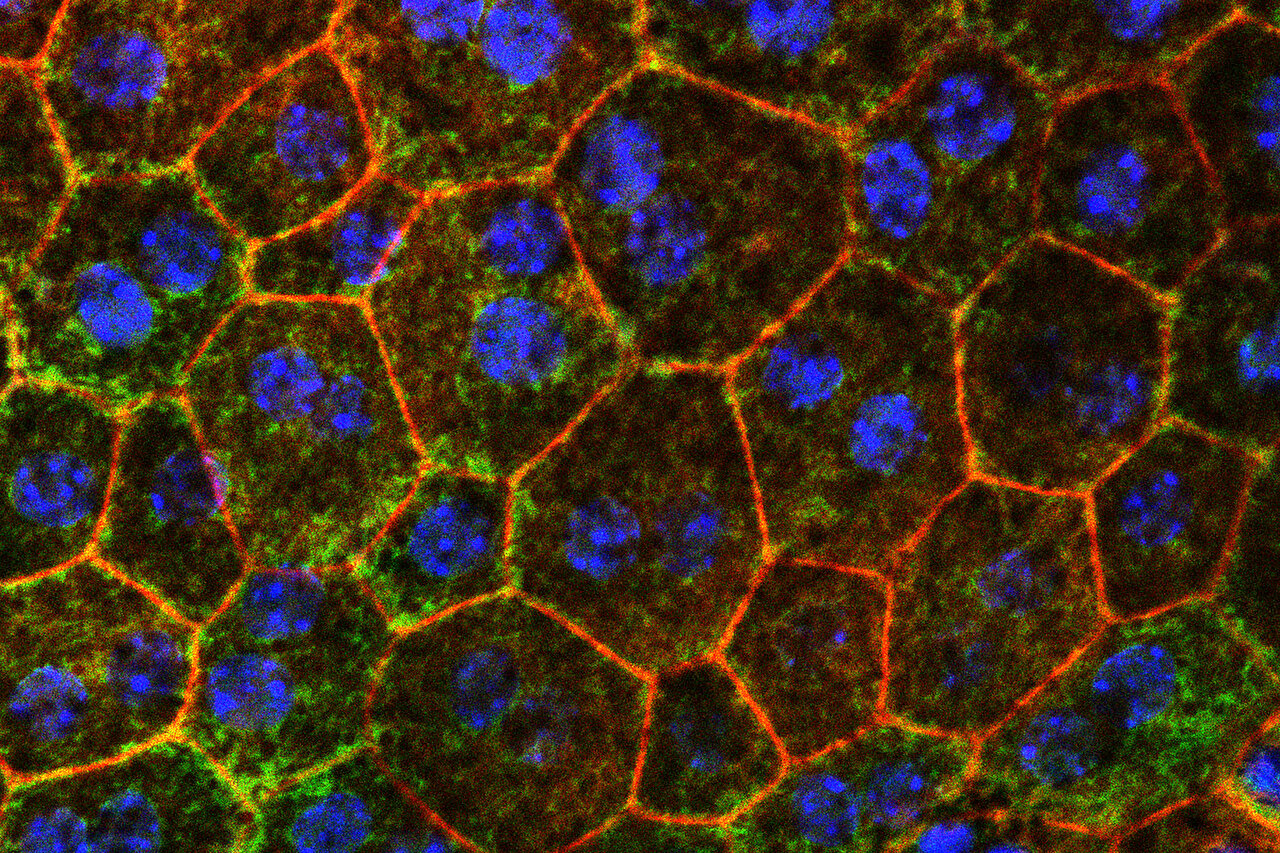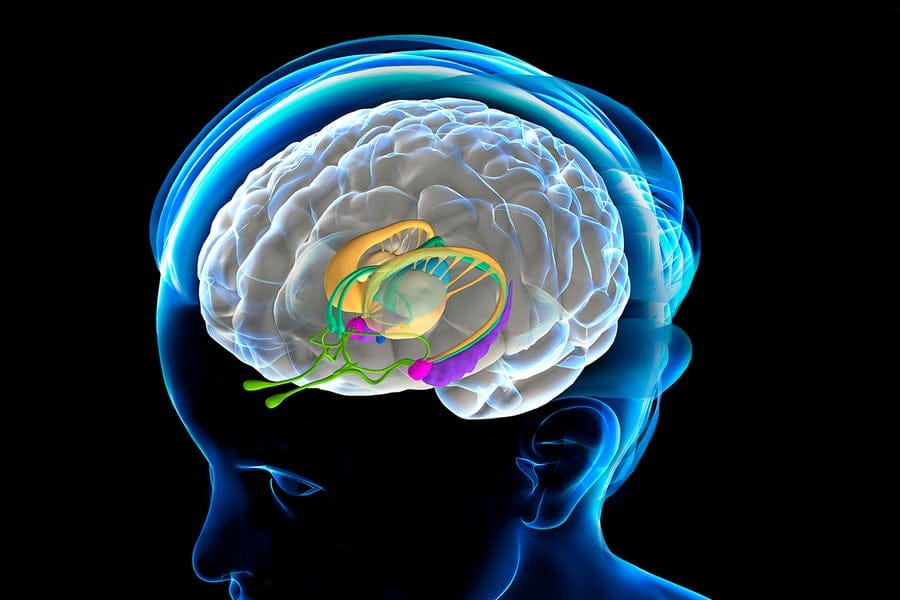In the quiet dimness of a clinical lab at Washington University School of Medicine in St. Louis, a molecule barely visible under a microscope is beginning to change how scientists think about two of the most debilitating conditions of aging: vision loss and heart failure.
Researchers there have identified apolipoprotein M (ApoM)—a molecule long known to play a role in healthy cholesterol metabolism—as a surprising potential defender against age-related macular degeneration (AMD), the leading cause of blindness in people over 50. Their findings, published in Nature Communications, illuminate a promising path toward treating, or even preventing, the slow, irreversible fading of central vision that plagues millions across the globe.
But this story isn’t just about the eye. It’s about a molecule that seems to operate like a molecular janitor, sweeping up toxic cholesterol deposits, dampening inflammation, and protecting not only the retina—but also the heart.
A Hidden Culprit in Vision Loss
Macular degeneration is insidious. In its early stages, patients often notice nothing. Yet under the surface of the retina, doctors can observe pale yellow cholesterol-rich deposits, called drusen, beginning to collect. Over time, these deposits disrupt the retinal cells’ delicate balance, triggering inflammation and eventually destroying the light-sensing cells that allow us to see faces, read books, and drive cars.
Most people suffer from the “dry” form of AMD, which can progress to a more destructive “wet” version involving abnormal blood vessels that leak and scar the retina. While treatments exist for the wet form, they don’t cure it—and for dry AMD, therapies are frustratingly limited.
“Right now, we don’t have effective treatments for early or moderate stages of macular degeneration,” explained senior author Dr. Rajendra Apte, a physician-scientist and ophthalmologist at Washington University. “And we certainly can’t reverse the disease once it’s underway. Our study points to a potential strategy that could actually prevent the damage from occurring in the first place.”
The Surprising Role of Cholesterol—and a Molecular Guardian
Apte’s team, collaborating with cardiologist Dr. Ali Javaheri and international partners, focused their attention on cholesterol metabolism, a biological process long known to go awry in aging bodies. While cholesterol is essential to life, when mismanaged it turns rogue—clogging blood vessels, triggering inflammation, and damaging tissues in both the eye and the heart.
That’s where ApoM enters the scene. ApoM is a molecule involved in HDL (“good cholesterol”) pathways. It helps shuttle excess cholesterol out of cells and into the liver for disposal. But with age, ApoM levels decline, and scientists believe that drop could be a key reason why harmful cholesterol builds up where it shouldn’t.
In blood samples taken from AMD patients, Apte and Javaheri found significantly lower levels of ApoM compared to healthy controls. The same drop had been previously observed in heart failure patients as well—raising a provocative question: Could boosting ApoM protect both the eye and the heart from aging-related cholesterol damage?
Restoring Vision in Mice—One Molecule at a Time
To answer that question, the research team turned to mouse models of macular degeneration. By using genetic tools and plasma infusions from healthy mice, they increased ApoM levels in affected animals.
The results were striking.
The mice not only showed improved retinal health, but also reduced cholesterol deposits and restored function in their light-sensing retinal cells. ApoM, it turned out, was doing more than just removing cholesterol—it was activating a protective signaling pathway that helped cells break down the toxic buildup within lysosomes, the tiny recycling centers of the cell.
And it wasn’t working alone. ApoM’s protective effects depended on its binding partner, a lipid molecule called sphingosine-1-phosphate (S1P). Together, the ApoM-S1P complex seemed to unlock the cholesterol processing system and calm the cellular storm triggered by aging.
Two Diseases, One Molecular Target
This molecular teamwork could explain something that has long puzzled doctors: the close link between AMD and cardiovascular disease. Both become more common with age. Both involve dysfunctional cholesterol metabolism and inflammation. And now, both appear vulnerable to low ApoM levels.
“One of the exciting things about this collaboration,” said Javaheri, “is realizing that retinal pigment epithelial cells and heart muscle cells may share the same weakness—and the same potential defense.”
This finding opens a new frontier in the study of age-related diseases, one where scientists can imagine a single treatment helping multiple organs ravaged by time.
Toward a New Class of Therapies
Inspired by the results, Apte and Javaheri co-founded Mobius Scientific, a Washington University startup company working on therapies designed to raise ApoM levels in humans. The company is exploring ways to deliver ApoM or stimulate its production—potentially creating the first treatment aimed at stopping macular degeneration before vision is lost.
Their work also raises the tantalizing possibility of using ApoM-boosting strategies to treat or prevent some forms of heart failure, especially those linked to poor cholesterol handling and inflammation.
“There’s a kind of elegant simplicity to it,” Apte said. “By improving how cells process cholesterol, we’re not just addressing one disease—we’re addressing a fundamental breakdown that contributes to many diseases of aging.”
A Clearer Future
It’s still early days. Human trials are yet to begin, and many questions remain. Can ApoM treatments be delivered safely and effectively? Will the benefits seen in mice translate to aging humans with complex health conditions?
But for the millions at risk of losing their sight—or struggling with heart failure—this research offers real hope. A future where people no longer fear the dimming of vision as they age, where the windows to both the world and the heart stay open longer.
In that microscopic molecule, scientists see not just a cure, but a bridge between the eye and the heart, between vision and vitality, between the burdens of aging and the promise of a longer, clearer tomorrow.
Reference: Lee TJ, et al. Apolipoprotein M attenuates age-related macular degeneration phenotypes via sphingosine-1-phosphate signaling and lysosomal lipid catabolism, Nature Communications (2025). DOI: 10.1038/s41467-025-60830-1






